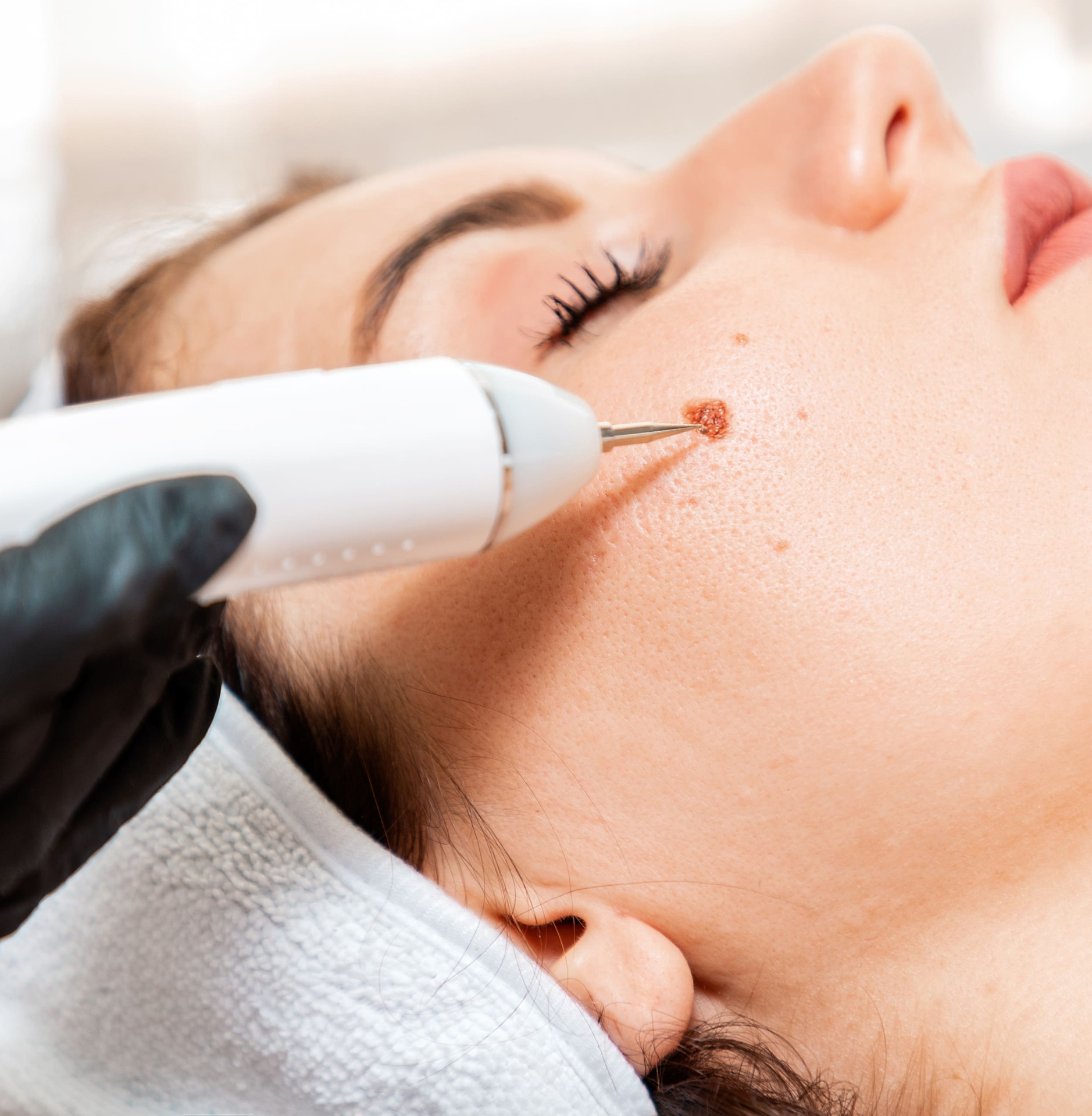Birthmarks, while often harmless, can be a source of self-consciousness for many. Fortunately, advancements in medical technology have revolutionized birthmark removal, offering a range of effective and less invasive options. Riyadh's leading clinics are embracing these cutting-edge technologies, providing patients with promising results. Here's a closer look at some of the advanced technologies used for birthmark removal in Riyadh:
1. Laser Therapy:
Laser therapy remains the gold standard for many types of birthmarks. Different lasers target specific pigments or blood vessels within the birthmark, minimizing damage to surrounding skin. Several types of lasers are employed, each with its unique wavelength and application:

- Pulsed Dye Laser (PDL): Effective for vascular birthmarks like port-wine stains and hemangiomas, the PDL targets the blood vessels, causing them to shrink and fade the birthmark.
- Nd:YAG Laser: This laser is versatile and can treat various birthmarks, including pigmented lesions like café-au-lait spots and some vascular birthmarks. It penetrates deeper into the skin.
- Q-switched Lasers (e.g., Q-switched Nd:YAG, Q-switched Ruby, Q-switched Alexandrite): These lasers deliver rapid, high-energy pulses of light, breaking down the pigment in pigmented birthmarks like café-au-lait spots, nevus of Ota, and some congenital melanocytic nevi.
- Fractional Lasers (e.g., Fraxel, PicoSure): These lasers deliver tiny beams of light, creating microscopic treatment zones while leaving surrounding tissue intact. They are effective for certain types of birthmarks, especially when combined with other laser therapies, and can improve overall skin texture and tone.
Advantages of Laser Therapy:
- Precision: Lasers can target specific areas, minimizing damage to surrounding skin.
- Non-invasive: Laser treatments are typically non-invasive or minimally invasive, reducing discomfort and recovery time.
- Effective: Many birthmarks respond well to laser therapy, achieving significant fading or complete removal.
- Minimal scarring: When performed correctly, laser treatments usually result in minimal or no scarring.
2. Intense Pulsed Light (IPL) Therapy:
While not technically a laser, IPL uses a broad spectrum of light to target various skin concerns, including some types of birthmarks, particularly superficial pigmented lesions. It's less precise than laser therapy but can be a suitable option for certain birthmarks.
3. Cryotherapy:
Cryotherapy involves freezing the birthmark tissue using liquid nitrogen. It's effective for certain types of birthmarks, such as small hemangiomas or warts that resemble some birthmarks. It's a relatively simple and affordable procedure.
4. Surgical Excision:
Surgical excision involves cutting out the birthmark. It's typically reserved for larger, thicker birthmarks or those that are raised above the skin's surface. While it can be effective, it may leave a scar.
5. Radiofrequency (RF) Ablation:
RF ablation uses radiofrequency energy to heat and destroy the targeted tissue. It can be used for certain types of birthmarks, especially those that are raised or vascular.
6. Photodynamic Therapy (PDT):
PDT involves applying a photosensitizing agent to the birthmark and then activating it with a specific wavelength of light. It's used for certain types of vascular birthmarks and some skin cancers that might resemble birthmarks.
Choosing the Right Technology:
The choice of technology depends on several factors, including:
- Type of birthmark: Vascular birthmarks require different treatments than pigmented birthmarks.
- Size and location of the birthmark: Larger or more complex birthmarks may require different approaches.
- Skin type: Certain lasers are more suitable for specific skin tones.
- Dermatologist's expertise: The dermatologist's experience with different technologies is crucial.
Importance of Consulting a Dermatologist:
It's essential to consult with a qualified and experienced dermatologist in Riyadh to determine the most appropriate technology for your specific birthmark. The dermatologist will assess your birthmark, discuss your treatment goals, and recommend the best course of action. They will also be able to explain the benefits, risks, and potential side effects of each treatment option.
Advancements in Technology:
Ongoing research and development are leading to even more advanced and effective birthmark removal technologies. These advancements include:
- Improved laser technology: Newer lasers offer greater precision, faster treatment times, and reduced side effects.
- Combination therapies: Combining different technologies, such as laser therapy with cryotherapy, can enhance results for certain birthmarks.
- Personalized treatment plans: Tailoring treatment plans to individual patients based on their specific birthmark characteristics and skin type is becoming increasingly common.
By staying informed about the latest advancements in birthmark removal technology and consulting with a qualified dermatologist, individuals in Riyadh can access effective and safe treatments to achieve their desired results. The availability of these advanced technologies offers hope and improved quality of life for those seeking to address birthmarks.




Comments